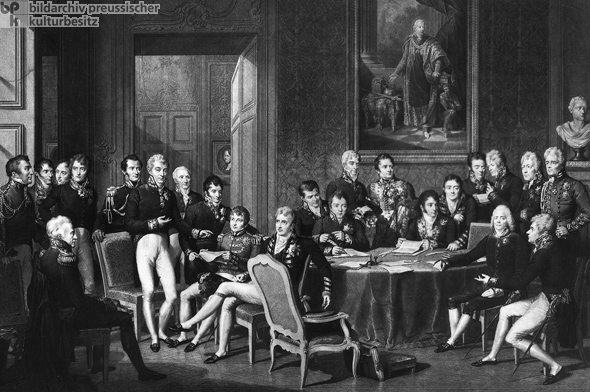Have you heard of strategic event management? When talking to people working in the region’s event planning industry, I noticed that the term was not very clear to them. Or, it’s partially clear at best.
The conclusion is that it’s challenging to explain. In many cases, strategic event management stands for the tasks performed by the technical organizer or operational event management. We need to change the perception of this profession and clarify what it precisely entails. Yes, the technical-operational part does make up a large portion of the event planner’s responsibilities, but it most certainly isn’t the only one. The invisible part, that which is done and thought about while the event planning stage is underway is equally important.
The task and role of event managers change in line with the companies’/clients’ requirements, as well as those of the global market. “Today a good event planner needs to dive deeper into the subject matter, the design, and the available information and understand that the industry’s impact on the global economy is tremendous in order to stop being perceived as MERELY a logistic wizard,” said Laura Lopez, Senior Community Manager at one of Washington’s biggest event management companies Social Tables. Events are a company’s three-dimensional mirror that has (or better yet, don’t!) its own life cycle. So, your job is to — within a set timeframe (and we all know that time is one the essential and at times the most volatile aspects of this vocation 🙂 ) — design, create and implement an idea by way of providing a memorable experience to attendees all the while taking care of the company’s reputation and the messages that need to be communicated to both specialists and the wider public. That’s who strategic event manager is. And here’s what makes them good at their job!
Thinking strategically
Strategic thinking means that you have a good understanding of your industry, that you follow, research, and set trends, and that you understand what drives the business of your company or client. You have to be connected with colleagues within the company as well as within the industry itself in order to understand their market observations. All this is important because you will be able to define the impact of the information you receive on the company’s or organization’s strategy.
A good event strategy comes from asking a lot of questions. Always ask why, how, when, how much, and whether something is important. What good will come of this event in one, two, or three years? Can anything have a negative impact in the long or the short term? Is my idea clashing with any business philosophy or compromised by anything? Get curious 🙂
When presenting your ideas, take care of the sequence. The really skilled strategists guide people through the whole process — they identify the objective, ensure that everything is clear to everyone, delegate roles and tasks, and ultimately make strategic choices. In simple terms, it is crucial that the main items are grouped and logically identified, while presenting things as concise and simple as possible to avoid confusion.
Six Thinking Hats
Synonymous with strategy is creating connections, which requires two types of thinking: divergent thinking, where we look at the bigger picture and generate ideas, and convergent, where we rationally examine and lay out those ideas. Numerous studies have shown that the most innovative thinkers have the ability to quickly switch from divergent to convergent thinking, which is one of the main traits of strategic thinking. But don’t panic, because this technique can be practiced through different methods!
One of the most popular ones was invented by Dr. Edward De Bono (a leading global expert on conceptual thinking as a driver for strategic leaders) and it is called Six Thinking Hats. It involves approaching a task or problem by “wearing six different hats,” which symbolize different types of these two opinions: the white hat is made up of the information we have or need, the red hat represents feeling and intuition, the black hat is the judgment, the so-called devil’s advocate, pointing out why something could go wrong, yellow symbolizes optimism, the green hat focuses on creativity, opportunities, and new ideas, and the blue hat steers the thought process.
The point is that when you approach or develop the event’s structure, you switch hats and look at the whole from different perspectives. The more you practice this method, the faster and more flexible you’ll be, and your mind will be able to move more easily from one way of thinking to another.
In fact, you can view all this as piecing a puzzle. The whole picture you see when you put all the pieces together represents your company, its vision, mission, and the way you want it to be perceived in the public eye. When you take out even one piece, the image is incomplete because something is missing. This very pattern can be applied to strategic event planning for your company or your client. Each part of the puzzle changes and complements the picture and shows you how the decision you make will directly affect or change its final form. When you can see the whole picture even before you piece it together, it means you have a strategy. According to the Harvard Business Review, “Strategists create connections between ideas, plans, and people that others fail to see.”
Finally, a good strategist is always willing to learn. No matter how many years of experience they have. Things are changing fast, new insights are popping up, and something new can be heard every day. Your willingness to adopt and conquer new territories makes you mature and, after all, an expert. So be open, listen carefully, and work to grow as a professional. And more importantly, share what you know with those around you!











































 Srpski
Srpski English
English